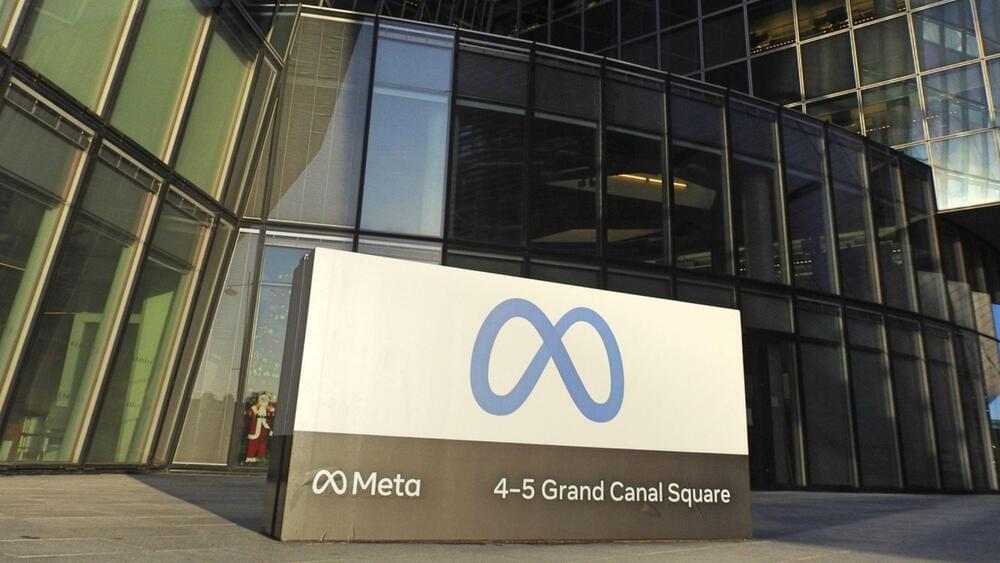Futurist Ray Kurzweil is still making waves years after his initial singularity claims as artificial intelligence continues to progress. With singularity milestones coming, Kurzweil believes immortality is achievable by 2030. Kurzweil’s predictions are met with a healthy dose of skepticism. A new video from the YouTube channel Adagio revisits futurist Ray Kurzweil’s ideas about how for humans, both singularity and immortality are shockingly imminent—as in, potentially just seven years away.



